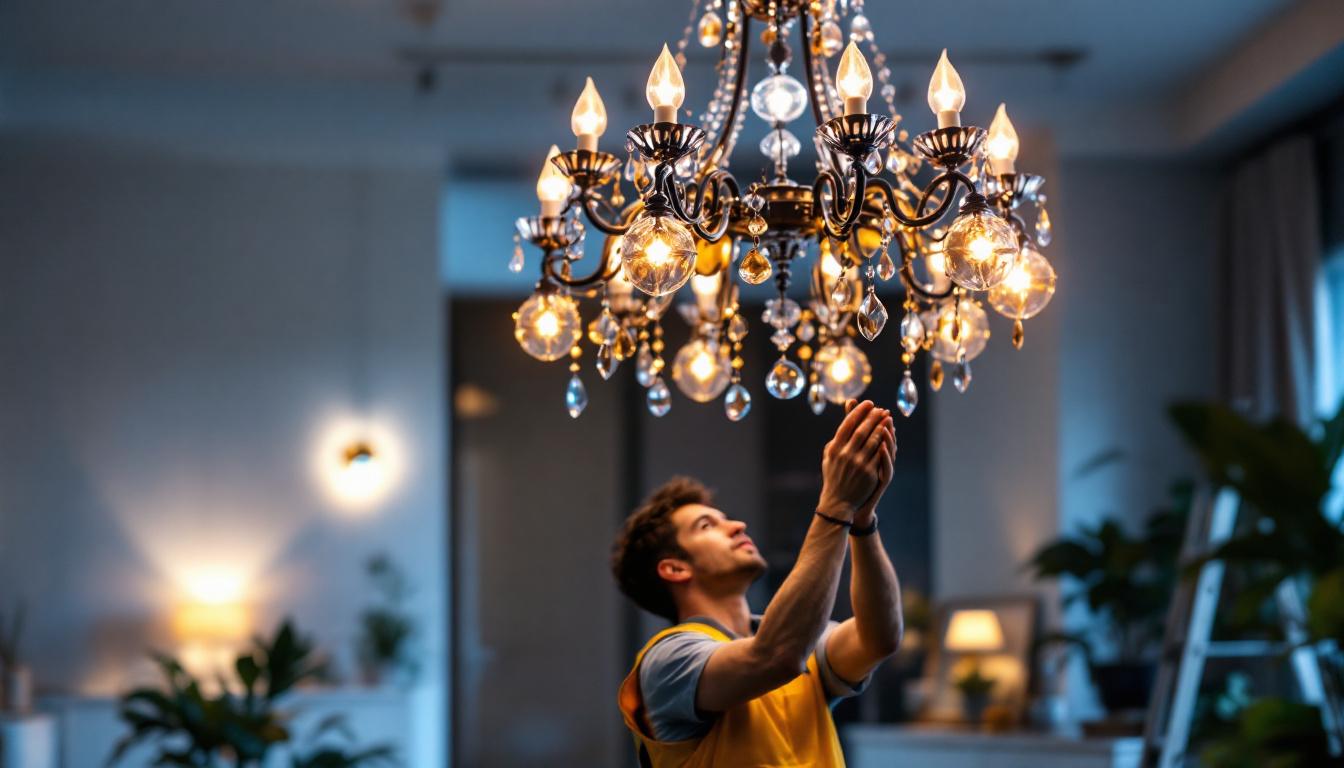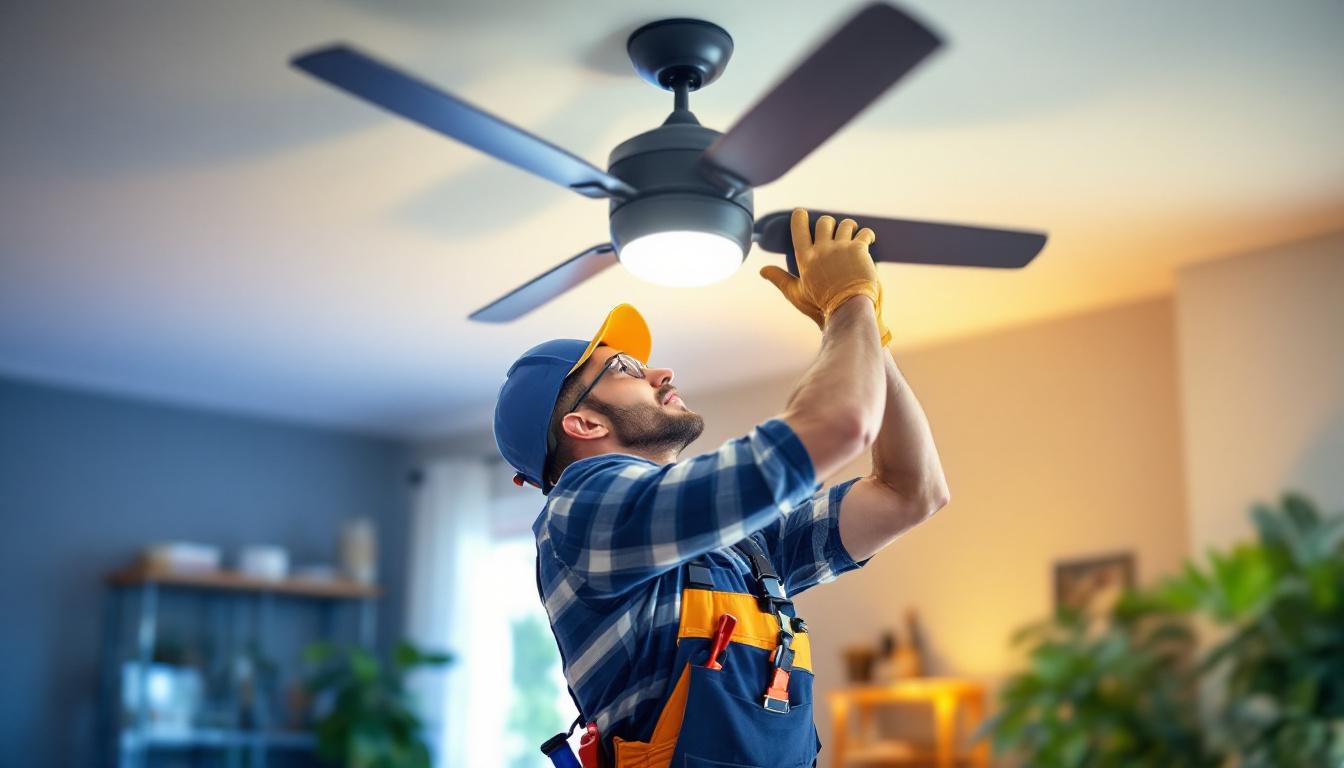
In the competitive world of lighting installation, contractors are constantly seeking ways to enhance efficiency and reduce costs. With the rise of LED technology, there are numerous opportunities for lighting contractors to implement cost-saving strategies that not only benefit their bottom line but also improve client satisfaction. This article explores various approaches that lighting contractors can take to maximize their profitability while delivering high-quality lighting solutions.
Before diving into specific cost-saving strategies, it’s essential to recognize the numerous advantages that LED lighting brings to the table. LEDs are known for their energy efficiency, longevity, and versatility, making them an ideal choice for a wide range of applications.
One of the most significant benefits of LED lighting is its energy efficiency. Compared to traditional incandescent or fluorescent bulbs, LEDs consume significantly less energy to produce the same amount of light. This not only reduces electricity bills for clients but also allows contractors to market their services as environmentally friendly, appealing to a broader customer base. Furthermore, the lower energy consumption of LEDs contributes to a reduced carbon footprint, which is increasingly important in today’s eco-conscious society. As more businesses and homeowners prioritize sustainability, adopting LED lighting can be a pivotal step in aligning with these values.
LEDs have a much longer lifespan than traditional lighting options, often lasting up to 25,000 hours or more. This longevity translates to fewer replacements and maintenance visits, which can save contractors both time and money. By emphasizing the durability of LED products, contractors can build trust with clients and reduce the frequency of service calls. Additionally, the extended lifespan of LEDs means that they are less likely to contribute to landfill waste, further enhancing their appeal to environmentally conscious consumers. The reduced need for frequent bulb changes also minimizes disruption in commercial settings, allowing businesses to maintain a consistent and professional appearance without the hassle of ongoing maintenance.
LEDs are available in various shapes, sizes, and color temperatures, allowing for greater design flexibility. This versatility enables contractors to meet diverse client needs, whether for residential, commercial, or industrial applications. By showcasing the adaptability of LED lighting, contractors can position themselves as experts in modern lighting solutions. Moreover, the ability to customize lighting designs with LEDs can enhance the aesthetic appeal of spaces, creating ambiance and highlighting architectural features. From warm, inviting tones for homes to bright, crisp lighting for retail environments, the options are virtually limitless, allowing clients to achieve their desired atmosphere while benefiting from the practical advantages of LED technology.
With a solid understanding of the benefits of LED lighting, contractors can explore specific strategies to save costs and enhance their operations. From sourcing materials to optimizing installation processes, these strategies can lead to significant savings.
Establishing strong relationships with LED manufacturers can lead to better pricing and terms. By purchasing in bulk, contractors can take advantage of volume discounts, reducing the overall cost of materials. Additionally, building a rapport with suppliers can lead to priority access to new products and innovations, keeping contractors ahead of the competition.
Moreover, negotiating favorable payment terms can improve cash flow. For instance, requesting extended payment periods can provide contractors with the flexibility to manage expenses more effectively, allowing them to invest in other areas of their business. This financial agility can be crucial, especially during peak project seasons when cash flow may be tight due to increased expenditures on labor and materials.
Conducting energy audits for clients can serve as a dual-purpose strategy. First, it helps identify areas where lighting can be optimized, leading to energy savings. Second, it positions contractors as knowledgeable advisors, enhancing client trust and potentially leading to more projects.
By offering energy audits, contractors can recommend specific LED solutions tailored to the client’s needs, ensuring that the installations are both cost-effective and energy-efficient. This personalized approach can differentiate contractors in a crowded market. Additionally, providing clients with detailed reports from these audits can serve as a valuable marketing tool, showcasing the contractor’s expertise and commitment to sustainability, which is increasingly important to many consumers.
Investing in employee training can yield significant returns. By ensuring that the installation team is well-versed in the latest LED technologies and installation techniques, contractors can improve efficiency and reduce errors. This not only saves time but also minimizes the risk of costly rework.
Furthermore, leveraging technology such as project management software can streamline operations. These tools can help contractors manage schedules, track inventory, and communicate with clients more effectively, leading to improved project outcomes and customer satisfaction. Embracing advancements such as mobile applications for on-site project updates can also enhance communication, allowing teams to respond swiftly to any issues that arise during installations. This proactive approach not only fosters a smoother workflow but also builds a reputation for reliability and professionalism in the eyes of clients.
Building strong relationships with clients is essential for long-term success in the lighting industry. Satisfied clients are more likely to refer contractors to others and return for future projects. Here are some strategies to enhance client relationships while simultaneously saving costs.
Open and transparent communication is key to fostering trust with clients. Keeping clients informed about project timelines, costs, and any potential issues can prevent misunderstandings and dissatisfaction. This proactive approach can lead to smoother project execution and increased client loyalty.
Additionally, providing clients with detailed estimates and breakdowns of costs can help them understand the value of the services being offered. This transparency can justify pricing and reduce the likelihood of disputes over costs.
Implementing maintenance packages for LED installations can create a recurring revenue stream for contractors. By offering regular maintenance checks, contractors can ensure that clients’ lighting systems remain efficient and functional, while also generating additional income.
These packages can include routine inspections, bulb replacements, and updates on the latest lighting technologies. By positioning these services as essential for optimal performance, contractors can enhance client satisfaction while securing ongoing business.
Soliciting feedback from clients after project completion can provide valuable insights into areas of improvement. This feedback can also be used to refine services and processes, ultimately leading to better outcomes.
Moreover, positive testimonials can serve as powerful marketing tools. By showcasing satisfied clients on websites and social media, contractors can attract new customers and build credibility in the industry.
Many regions offer incentives and rebates for energy-efficient lighting solutions. Contractors can educate themselves about these programs and inform clients about potential savings. This not only enhances the value proposition of LED installations but also positions contractors as knowledgeable advocates for energy efficiency.
Each locality may have different programs available, ranging from tax credits to direct rebates. By researching these options, contractors can provide clients with a comprehensive understanding of the financial benefits associated with LED lighting. This knowledge can be a significant selling point during consultations.
Furthermore, helping clients navigate the application process for these incentives can enhance the contractor-client relationship and demonstrate a commitment to customer service.
In addition to financial savings, emphasizing the environmental benefits of LED lighting can resonate with clients. Many consumers are increasingly conscious of their carbon footprint and are looking for ways to reduce it.
Contractors can highlight how LED installations contribute to sustainability efforts, such as reducing energy consumption and minimizing waste. This approach not only appeals to eco-conscious clients but can also enhance the contractor’s brand image as a responsible business.
Efficiency during the installation phase can significantly impact overall project costs. By streamlining processes, contractors can save time and resources, leading to increased profitability.
Developing standardized installation procedures can help ensure consistency and efficiency across projects. By creating checklists and guidelines, contractors can minimize errors and reduce the time spent on each installation.
Standardization also allows for easier training of new employees, as they can quickly learn the established procedures. This can lead to a more cohesive team and improved project outcomes.
Where feasible, pre-assembling components before arriving at the job site can save time during installation. This approach allows for more efficient use of labor and can reduce the overall time required to complete a project.
By preparing as much as possible in advance, contractors can focus on the actual installation process, ensuring that projects are completed on time and within budget.
In an ever-evolving industry, lighting contractors must continuously seek ways to reduce costs and improve efficiency. By embracing the advantages of LED lighting and implementing strategic approaches, contractors can enhance their profitability while delivering exceptional value to clients.
From fostering strong supplier relationships to streamlining installation processes, the strategies outlined in this article provide a roadmap for contractors looking to thrive in a competitive market. By prioritizing energy efficiency, client satisfaction, and operational excellence, lighting contractors can position themselves as leaders in the industry.
Ultimately, the journey toward cost savings and improved efficiency is ongoing. As technology advances and market demands shift, staying informed and adaptable will be crucial for lighting contractors aiming to succeed in the dynamic landscape of LED lighting.
Ready to take your lighting projects to the next level? At LumenWholesale, we’re committed to providing you with the highest quality, spec-grade LED lighting products at unbeatable wholesale prices. Say goodbye to local distributor markups and hello to our extensive selection that meets rigorous industry standards. With free shipping on bulk orders, you can trust that you’re getting premium lighting solutions at the best value — no hidden fees, no compromises. Elevate your lighting installations with the perfect combination of quality, affordability, and convenience. Discover wholesale lighting at the best value and start enhancing your profitability with LumenWholesale.

Discover how the innovative Shop Chandelier is revolutionizing the lighting industry for contractors, offering unparalleled design flexibility, energy efficiency, and installation ease.

Discover essential tips and expert techniques for lighting contractors to efficiently replace fans.

Discover expert tips and techniques for lighting contractors to master the art of installing recessed can lights.

Discover essential insights and expert tips for lighting contractors in our comprehensive guide to Sylvania.